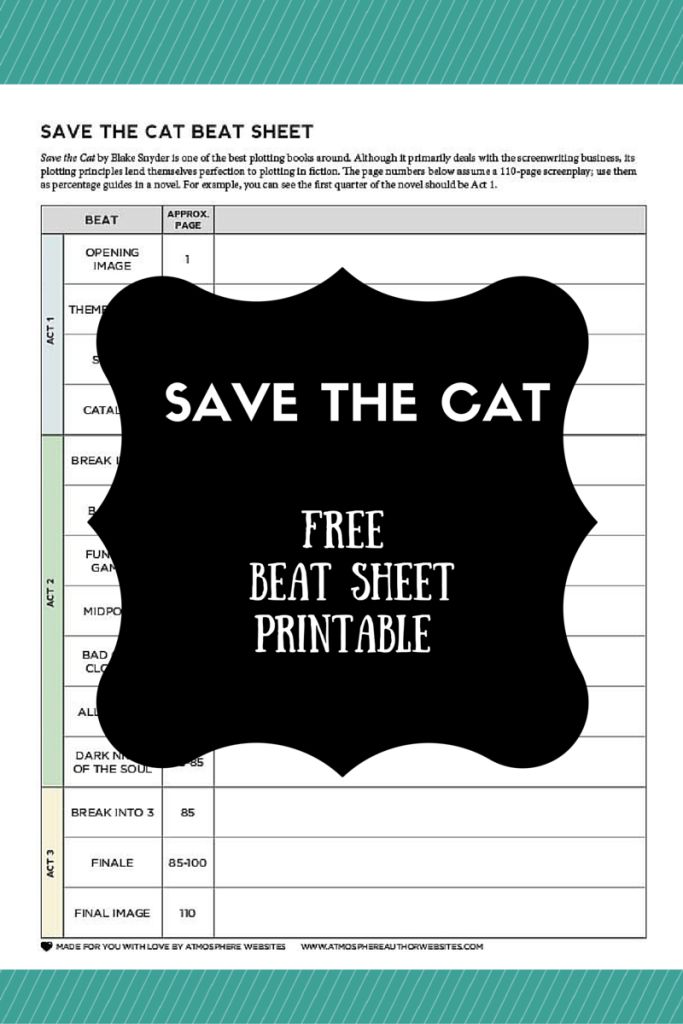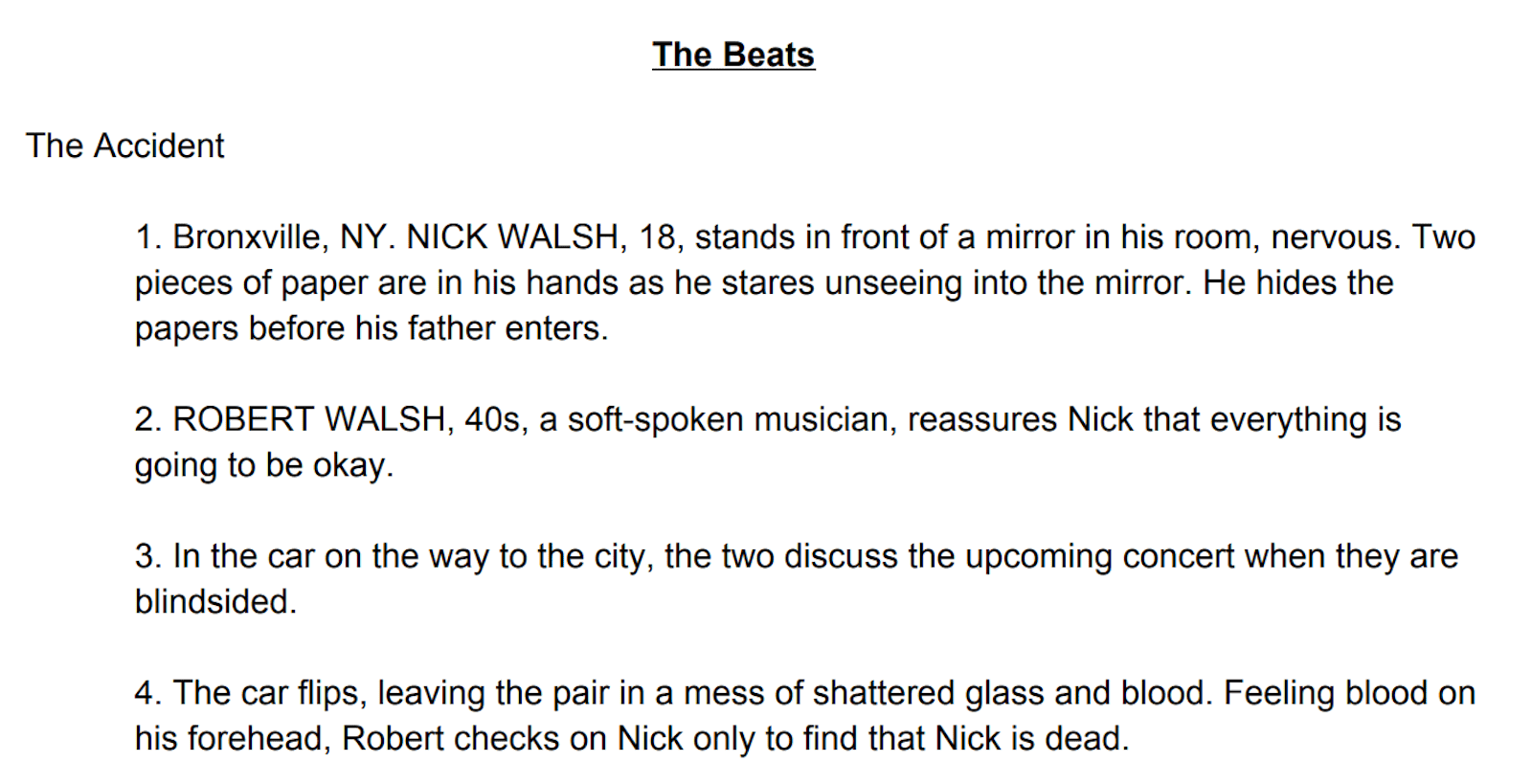

I won't go into detail about his system here, but if you're curious, you can go to to read more about it. It's a useful and straightforward way of breaking down the important pieces of a story. I like the beat system Blake Snyder presents in Save the Cat. Today, though, I'm going to focus on just one: creating a beat sheet to outline a story before I write.

I use spreadsheets to plan my stories in several ways. Spreadsheets might seem like odd resources for a writer, but I've found them to be invaluable tools for planning my stories. One of their greatest strengths is their ability to consistently craft great stories.Recently, I shared why Microsoft Excel and Google Docs are some of my favorite pieces of book writing software. With one of the best critical and commercial records in movie-making history, there are a lot of things Pixar does right. What's next? Learn Pixar's story development process!
#A bleat in storywriting movie#
Exercise: take the building blocks of a movie you dislike.Coincidences to get characters into trouble are great coincidences to get them out of it are cheating.You have to know yourself: the difference between doing your best & fussing.If it's not working, let go and move on - it'll come back around to be useful later. What happens if they don't succeed? Stack the odds against. What are the stakes? Give us reason to root for the character.If you were your character, in this situation, how would you feel? Honesty lends credibility to unbelievable situations.Why must you tell THIS story? What's the belief burning within you that your story feeds off of? That's the heart of it.

Passive/malleable might seem likable to you as you write, but it's poison to the audience. And the 2nd, 3rd, 4th, 5th – get the obvious out of the way. Discount the 1st thing that comes to mind.If it stays in your head, a perfect idea, you'll never share it with anyone. Putting it on paper lets you start fixing it.What you like in them is a part of you you've got to recognize it before you can use it. Lots of times the material to get you unstuck will show up. When you're stuck, make a list of what WOULDN'T happen next.In an ideal world you have both, but move on.



 0 kommentar(er)
0 kommentar(er)
